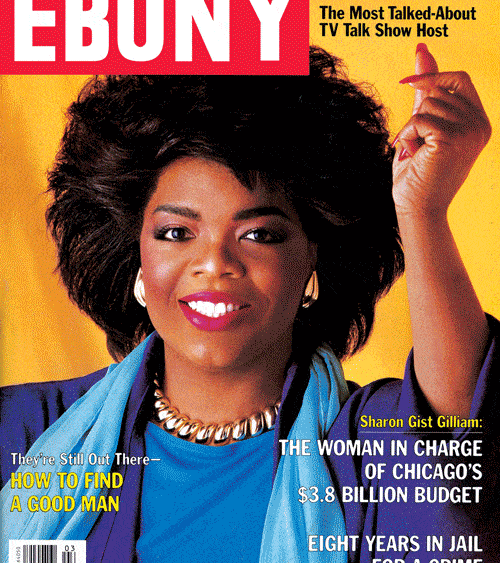[ad_1]
If the wage gap between middle class black families and middle class white families began to close during the ‘70’s, that gap exploded in the 1980’s due to the introduction of a “new” economic theory by the GOP called Trickle Down Economics. In laymen’s terms “Tricky D” as some referred to it, asserted that a change in tax laws in favor of the top 10 percent of Americans would create wealth that would then “trickle down” to the bottom 90 percent. The theory was a bust. Only the rich got richer.
Despite this economic bungling, which ultimately betrayed the majority of the American people, Black Americans the most, the 1980’s saw an unprecedented rise of African Americans on the popular cultural front, sparking a Black Renaissance of sorts. For the first time in America’s history, for both Black and white Americans, particularly teens, all of the top cultural idols were Black, more and more of them representatives of a new and emerging art form called Rap.
While EBONY did not champion Rap artists per se, it did celebrate many of the other top cultural icons of the day. The number one film star – Eddie Murphy, the top male and female vocalists – Michael Jackson and Whitney Houston, the most popular and top earning athlete – Michael Jordan, the number one sitcom – The Cosby Show, and the number one daytime talk show – Oprah Winfrey, and a host of other top Black entertainers and celebrities appeared on the covers.
In addition to the lives and accomplishments of celebrated personalities across multiple fields, EBONY bravely broached the topics of obesity, financial planning, teen pregnancy, the demise of the Black family, homosexuality, AIDS, and “The Drug War,” while continuing to champion the beauty of Black women, and to offer means to resist economic and political oppression. Regardless of the topic, EBONY remained true to its mission to encourage and empower Black Americans to move forward and to continue to move up.
BLACK HISTORY FROM THE PAGES OF EBONY
VIEW THE ENTIRE BLACK HISTORY MONTH SERIES
AFRICAN-AMERICANS IN THE OBAMA ERA
THE AFRICAN-AMERICANS OF THE 1990S
THE BLACK AMERICANS OF THE 1980S
[ad_2]
Source link

